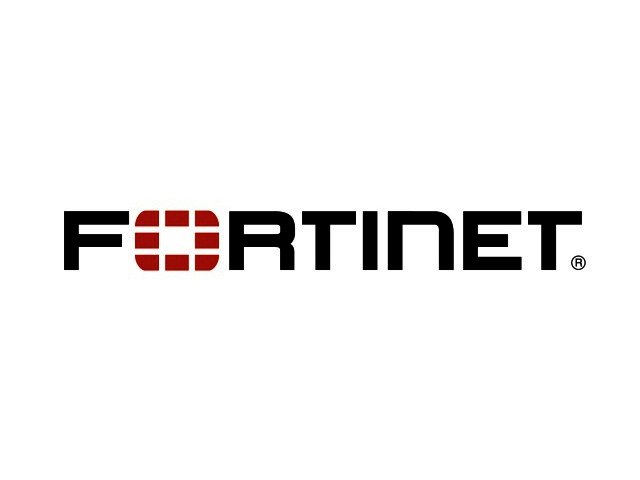Healthcare's cybersecurity challenges put lives at risk
By Industry Contributor 15 June 2020 | Categories: feature articles
By Doros Hadjizenonos, regional sales director at Fortinet
The healthcare industry has been forever changed by digital transformation. Innovation in the medical space has led to advances in new treatments as well as cost savings that do not negatively impact the quality of care. The added benefit: faster, better networks have allowed for the growth of telemedicine, bringing quality care to thousands who did not have access before.
An unfortunate side effect has been that cybercriminals are targeting the healthcare sector now more than ever. As a result, cybersecurity is critical to the success of health systems, which are increasingly at risk as cyber criminals look to steal patient data or hold internal resources for ransom. The vulnerabilities that enable these attacks exist in any vertical, but in the case of healthcare, they can be life-threatening.
Here are three areas that healthcare IT and security teams should focus on to improve their security practices.
- Prioritising the security of telemedicine
Online tools and medical IoT devices for monitoring patient health are now ubiquitous – they are even used in surgery. Patient portals give people more control over their healthcare and better access to critical information. This wave of medical digital transformation cannot exist, however, without ensuring that data and connections are kept safe from cyber criminals.
Healthcare IT teams face several challenges when it comes to combatting cybercrime. To fight their battle, they must have visibility into the extended network architecture, data, and operating systems, as well as the Internet of Medical Things (IoMT) devices on the network. Two of the most important tools for achieving this level of visibility are network access control (NAC) and cyber threat assessment programs (CTAPs).
- Defending against insider threats
Cyber threats do not just come from outside the organisation. Insider threats – whether by malicious insiders, negligent users, or careless users – can be even more dangerous than external threats. The reason: these threats not only come from inside the secure network perimeter, but also use different methods than external threats, creating additional challenges for healthcare security teams in the monitoring and mitigation of threats.
User training and network segmentation are an important start. But protecting against insider threats also requires full visibility into the network, as well as a robust set of benchmarks against which to compare threat data – things that have proven to be difficult in the healthcare space so far.
- Defending the Internet of Medical Things
Connected medical devices are a fundamental component of coordinated healthcare. Many patients rely on them to maintain their health, even when they cannot visit the doctor – think heart monitors, blood sugar level regulation, and chronic disease management. Unfortunately, these IoMT devices are innately insecure and vulnerable to the same types of attacks that impact other technologies, putting patients’ health – and lives – at risk.
This issue is made all the more complicated because cyber criminals do not need to be within close physical proximity to compromise a connected medical device. Upon gaining access to a healthcare network – whether through a misconfigured or unsecured device, or vulnerable cloud data service or health system application – cybercriminals often have access to all devices connected to that network. With this in mind, it is imperative that the healthcare industry, including the developers of these IoMT devices, take steps to secure this technology moving forward.
The healthcare industry cannot afford to be lax with security as they rapidly adopt digital transformation. The patients who rely upon the health system for critical healthcare services, whether in person or remotely, are put at risk every time they make use of telemedicine offerings, use IoMT devices, or access data via an unsecure connection.
The solution for healthcare security is multi-pronged. It requires cross-network visibility, prioritised threat management, real-time threat assessment, and a strategy for remediation should an event occur. The key to this approach is to plan ahead, and to leverage threat analysis to secure against both internal and external threats to the healthcare facility.
Most Read Articles

Have Your Say
What new tech or developments are you most anticipating this year?



